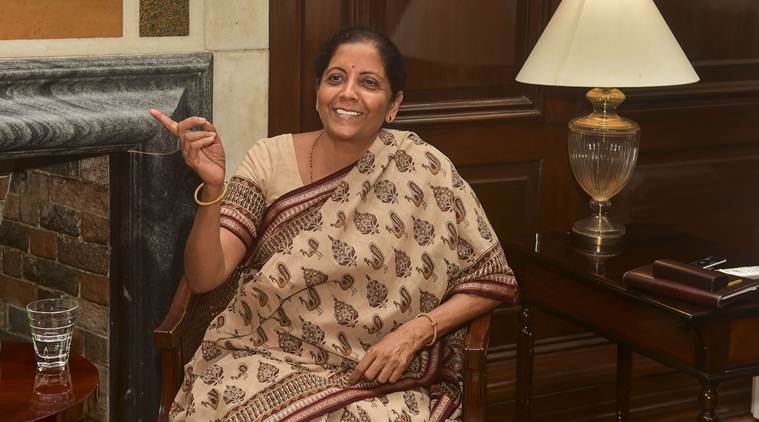
For the Union budget, two priorities are important in the second quarter. The first is to finance a credible package of relief and recovery after a bad monsoon from the angle of drinking water and sowing. The second is to revive investment. The Economic Survey and the budget speech must, as in the past, reflect thinking on critical issues, and not focus on scoring brownie points.
For example, the PMEAC has rightly said that Arvind Subramanian’s critique of GDP changes is silly, since estimating a relationship between GDP and some variables in the past misses the point that productivity is rising. But more serious critiques, like those of the expert group under Sudipto Mandal and past members of the Statistical Commission, have been ignored. An assurance from the JNU-trained finance minister that institutional integrity in the statistical and IMD systems will be respected will be welcome. Her views on real priorities will be eagerly awaited.
Rural distress is real. The first is to recognise it. Drinking water, improving efficiency of existing irrigation systems, rural finance, including temporary waiver of loan repayments, needs funds, which the affected states do not have. The priorities stated in the Niti Aayog’s council meeting are correct. But they do not have allocation powers. The budget should provide funds and an assurance that allocation will be rule based, as in the erstwhile Planning Commission’s formula, rather than by political whims.
Meanwhile, job creation will depend on the revival of industrial production, continuing growth of exports and agricultural revival. But most policies have a lag of around four to six months. In the short run, more money will be needed for MGNREGA. These allocations should be cleared. In the finance minister’s speech, budget estimates should be compared to last year’s budget estimates and not with revised estimates as in recent budget speeches. The Union Budget should concretely raise public investment to revive private investment to reverse the declining growth rate in every quarter. Fiscal deficit is a real issue and leads to pressures on the bank rate and exchange rates. The suggestion is to raise resources by taxation and not to play to the lobby by not cutting consumption by the government and non-government sectors. There are no free lunches and the FM knows that. She must give that stern message. At least, in the first post-election year, we have to be honest. There is little scope for such concessions demanded by industry groups, but rationalisation of tax structures and reduction of slabs in GST are possible. The clean-up of the banking and non-banking financial companies sectors should be honest. These are outside the budget, but they determine the fiscal deficit. So, the flow of funds in the budget papers must honestly reflect that.
The heart of economic policy in the short run is to give fewer lectures on reform, which is well spelt out, but to raise government investment at the central, state and parastatal levels. The economy is suffering from the decline in investment ratios, which given the incremental capital-output ratios explain the declining growth rate, which itself is below the potential of 8 per cent or so. This budget will be judged on that.
Gujarat’s experience conclusively shows that a high enough manufacturing physical output growth rate reduces the work force dependent on agriculture. Even with an employment elasticity of 0.25, with a 12 per cent growth in IIP, employment rises by 3 per cent, which is double the workforce growth rate, and employment will recover.
The writer, a former Union minister, is an economist